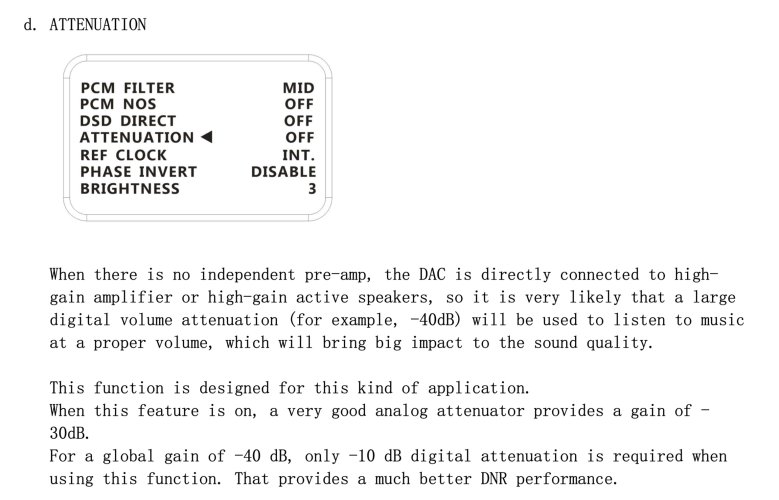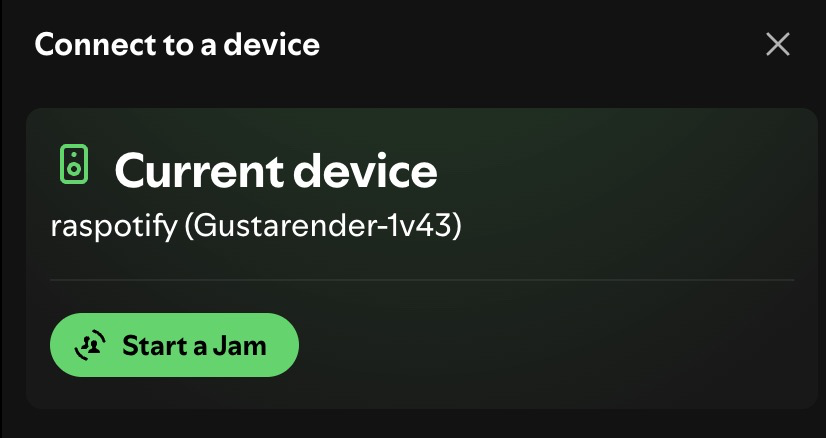That was in my original post, I didn't edit that in and I already commented on people hearing an improvement. I don't think we as an audio community have any scientific explanation for why some of these things improve the sound or at least are perceived as doing so.
Yes, you did. Never mind…
@Dandoudou as you know I'm in no way sceptical of the fact that upstream network changes can have very audible effects, goodness I've experienced enough of em.
I've previously heard the upstream jitter point you made also made by a number of credible sources - incl John Swenson in his EtherRegen white paper and Hans Beekhuyzen on his switches jitter vid.
However I've yet to hear a satisfactory - to me - fully articulated explanation of how upstream 'jitter' arising from the processing of various upstream devices can be transmitted to (or manifest at) the endpoint, provided the integrity of the packets - with the amplitude and timing data contained therein - remains intact. It may well be a limitation of my comprehension of what can be a technical topic.
I asked the question of Hans in the YT comments but got no response. Can you explain this to me. Genuine question as I'm still trying to build a sufficiently detailed mental model of an ethernet chain that properly explains what I hear.
I'm not a network engineer. I'll tell you how I understand it, after reading, testing, and discussing this topic with other people for a while.
When you stream DATA, it is transferred by Ethernet packets from a server to an endpoint. On their way, the packets pass through switches, and eventually the router. At each step, there are error correction checks… Each time there is an error, it is corrected, and in the end a bit-perfect transfer of the DATA from the server to the endpoint occurs.
If you stream a file, of a photo for instance, the endpoint will receive the precisely same file. The streaming starts, and ends, and the file has been transferred.
The higher the efficiency of the synchronization clocks of the devices along the streaming path, the lower the jitter of the Ethernet packets.
Of course, jitter does not matter for a photo or another kind of file.
But when you stream audio or video, it's a continuous flux of DATA that does not stop, as long as you continue to listen or to watch.
The clocks of the kind of routers that we have, and the switches for office appliances, are not efficient enough to synchronize and to error correct such continuous flux of Ethernet packets, while keeping jitter low.
The router is particularly problematic regarding jitter, because its clocks handle simultaneously the synchronization and error correction of other fluxes: of all the devices at your home that stream on the network or are connected to the internet. (TV decoder, phones, tablets, computers, printers…) It's not a constant jitter. It evolves, and changes, with the activity of other devices on the network at your home.
The same thing applies to the clocks of the standard FMCs. But through these devices the DATA is not only streamed, a conversion of the Ethernet packets to optical and back to electrical is also processed. These conversions are jittery (In another context, Toslink is often the less performing input of a DAC for this same reason.)
Unless you optimize your whole streaming setup, as I tend to do with mine by improving it continuously, a simple way to reduce a lot of jitter is to put a good switch just before the endpoint to better synchronize the Ethernet packets before they are transferred to it.






















